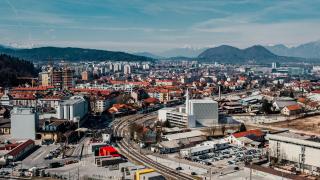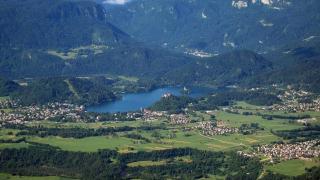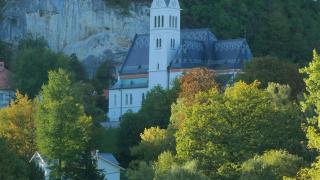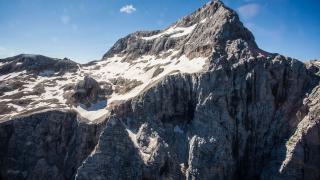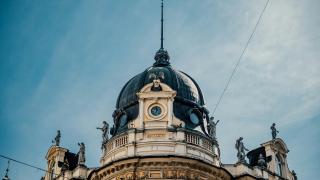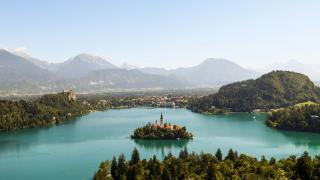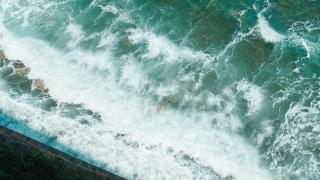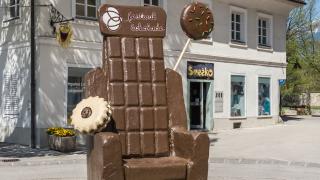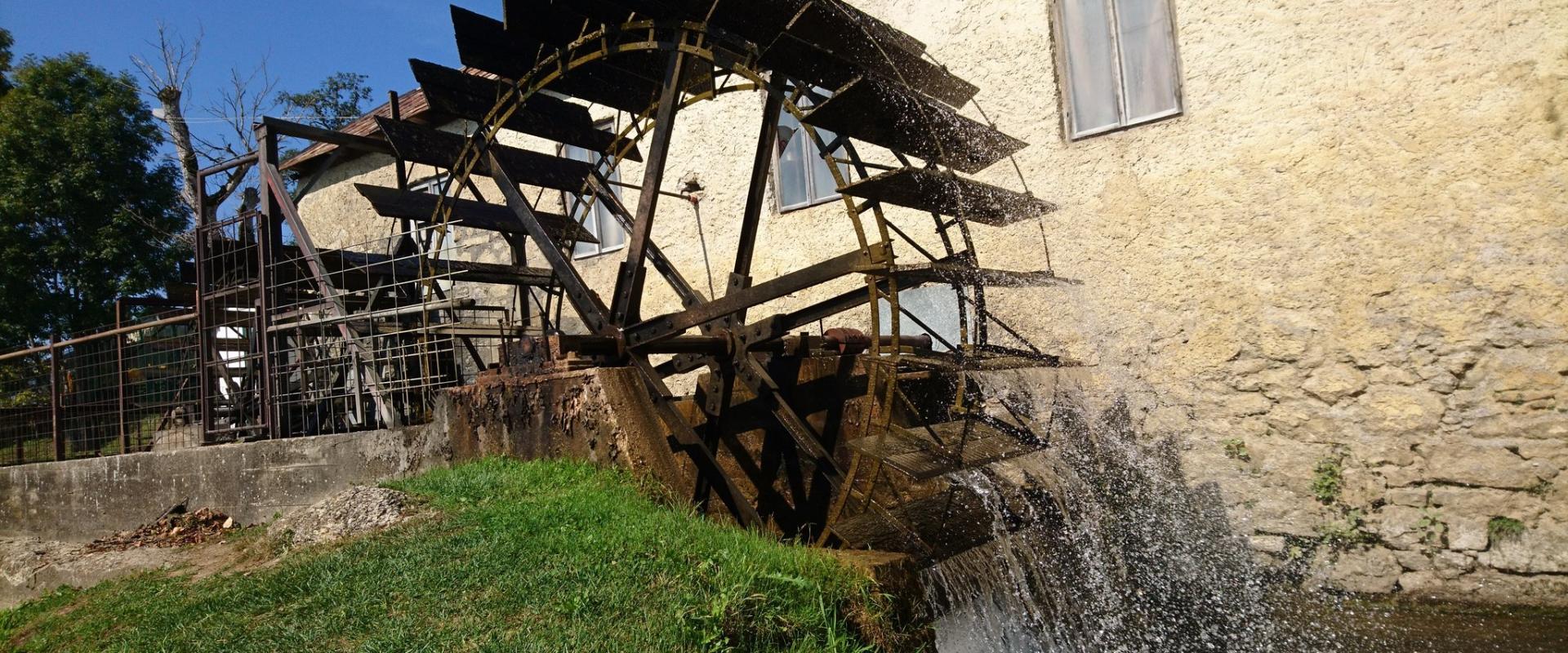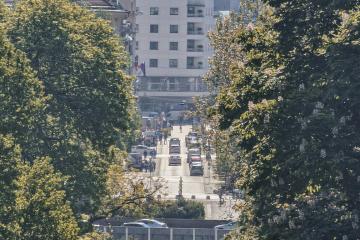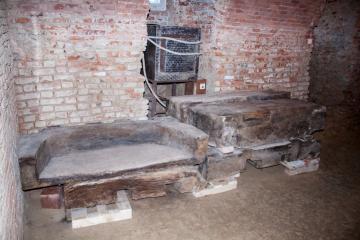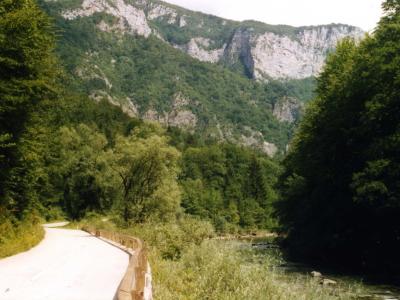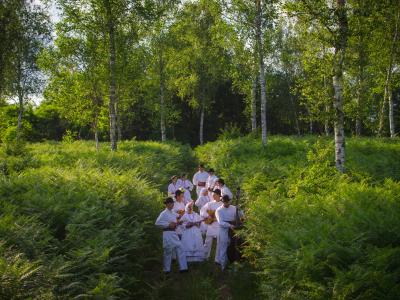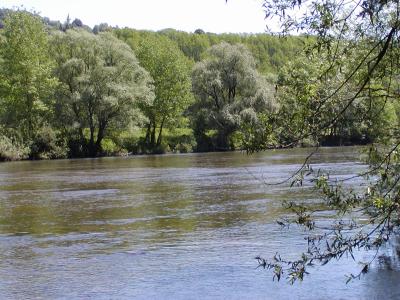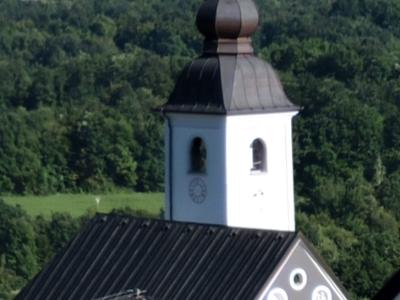Vinica
Kolpa River village with castle, museums, and rural charm
Vinica, set in the heart of Bela Krajina, is a village that perfectly captures the spirit of southeastern Slovenia. Its history stretches back to medieval times, with the first written records mentioning Vinica as early as the 13th century. The village’s strategic location on the Kolpa River made it an important border settlement, and over the centuries, Vinica developed a rich cultural and historical legacy. The most prominent landmark is Vinica Castle, perched above the river and offering panoramic views of the surrounding countryside. The castle, recently renovated, now serves as a tourist facility with accommodation, event spaces, and exhibitions on local history.
Vinica is also famous as the birthplace of Oton Župančič, one of Slovenia’s most celebrated poets. The Župančič Museum, located in his childhood home, provides insight into his life and literary contributions, as well as the cultural life of Bela Krajina in the late 19th and early 20th centuries. Another unique attraction is the Museum of Wooden Carts, which showcases the craftsmanship and rural traditions of the region. The Church of Archangel Michael and the remains of Vinica Fortress further enrich the village’s historical tapestry.
The Kolpa River is the lifeblood of Vinica, offering a wide range of outdoor activities. In summer, the river’s warm, clean waters are perfect for swimming, canoeing, kayaking, and fishing. Riverside campsites and picnic areas make it easy to enjoy the natural beauty and peaceful ambiance. Marked walking and cycling trails wind through the forests and meadows, connecting Vinica to neighboring villages and scenic viewpoints. The area is also ideal for birdwatching, mushroom foraging, and exploring the diverse flora and fauna of Bela Krajina.
Cultural experiences in Vinica are shaped by the rhythms of rural life. The village hosts traditional festivals, folk music performances, and craft fairs, especially during the summer months. Local inns and farm stays offer hearty regional cuisine, including specialties such as pogača (flatbread), lamb dishes, and local wines. The hospitality of the residents is a highlight, with many families welcoming guests to experience authentic Slovenian village life.
Getting to Vinica is straightforward by car, with good road connections from Črnomelj, Novo Mesto, and other regional centers. Public transport options are available but limited, so a car is recommended for exploring the area in depth. The village is compact and easily explored on foot, with most attractions within walking distance.
The best time to visit Vinica is from mid-June to early September, when the weather is warm and the Kolpa River is ideal for swimming and water sports. May, June, and September offer pleasant temperatures and fewer visitors, while summer brings lively festivals and outdoor activities. Autumn is also beautiful, with colorful foliage and harvest celebrations. Regardless of the season, Vinica’s blend of history, culture, and natural beauty ensures a memorable and enriching experience for every visitor.
Best Time to Visit
Mid-June to early September offers warm weather, ideal river conditions, and vibrant festivals for exploring Vinica’s history and outdoor activities.
Plan Your Visit to Vinica
Essential travel tips and information for your trip to Vinica.
Travel Tips
Currency
Euro (EUR) • Cards widely accepted
Language
Slovenian • English in tourist areas
WiFi
Free WiFi in cafes and hotels
Explore Vinica by Interest
Discover attractions and experiences in Vinica organized by your interests and travel preferences.
All attractions in Vinica
Sorted by our recommendation score
Quick Facts
Book your stay
More destinations in Bela krajina
Explore other amazing places in the Bela krajina region
